Bharal Facts
- The truly astonishing Bharal lives in an extremely rugged and remote section of Asia. So remote is its habitat range, that few outsiders ever see this amazing creature. Therefore, and quite unfortunately, this animal has been little-studied.
- The first serious scientific observations of this ruminant did not occur until the year 1973. Previously, this fascinating recluse of Nature had been thought to be a variety of sheep. Recent DNA analysis of the Bharal actually reveals a much closer relationship to goats.
- Interestingly, this surprising species plays a unique role. The creature has long enjoyed a special relationship with the occupants of numerous Buddhist monasteries in its endemic range, who often protected the creatures.
- Sadly, however, concerns over Bharal-related crop damage have begun to arise in portions of its natural range. This has had a regrettable result. It has, in fact, been putting pressure on those who strive to protect it.
- For the moment, however, the IUCN lists it as Least Concern. This appears on the organization’s Red List. Nevertheless, it must be considered to be at risk from the ongoing effects of climate change, like other species.
Related Articles
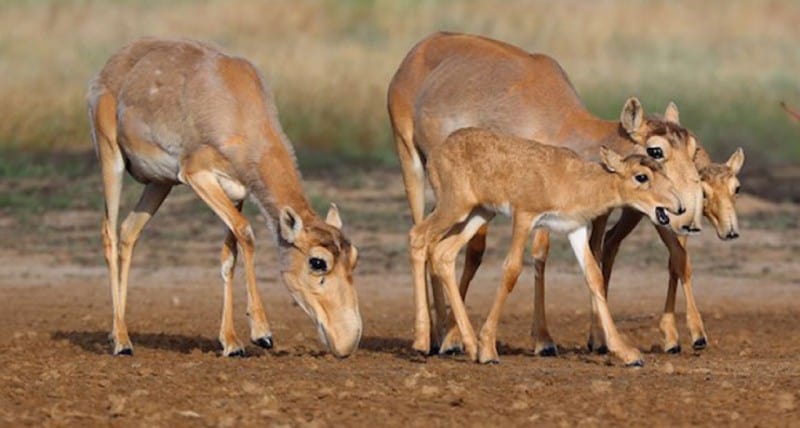
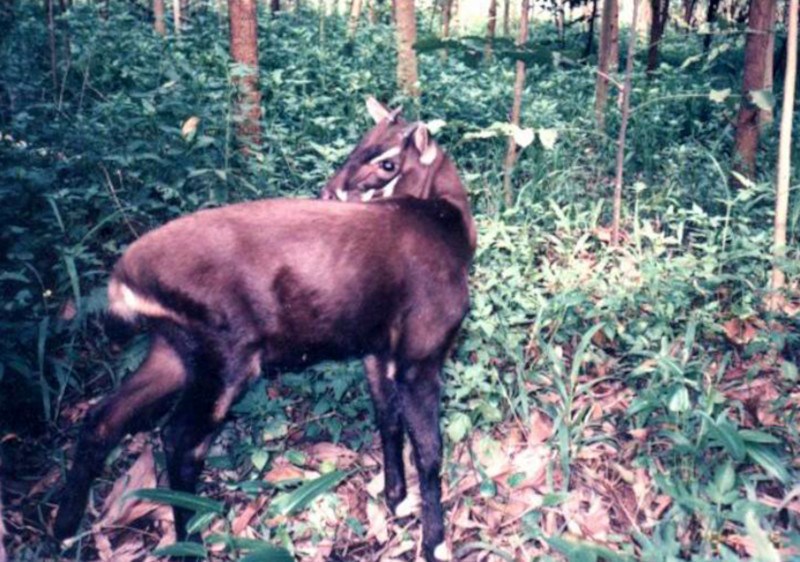

Bharal Physical Description
The beautiful Bharal ranks as a medium-sized form of caprid, which is a type of ruminant. This magnificent animal does display the trait of sexual dimorphism, but only a slight degree. The males grow slightly larger and heavier than the females.
Overall, the animal attains an average head and body length of roughly 65 in (165 cm). The short, rather stubby tail adds, at most, an additional 7.9 in (20 cm) to its length. The largest individual observed to date measured 36 in (91 cm) tall at the shoulder.
The Bharal coat grows short and comparatively quite dense. It also typically displays a slate gray color, commonly with a bluish sheen. The belly and part of the legs generally present a white color, while the chest and front of the legs usually show black.
Quite surprisingly, both genders grow horns. In this manner, the bovine distinguishes itself form the majority of related species. Furthermore, among males, these grow to lengths of as much as 31 in (80 cm), while those of the female rarely exceed 8 in (20.3 cm).
- Kingdom: Animalia
- Phylum: Chordata
- Class: Mammalia
- Order: Artiodactyla
- Family: Bovidae
- Genus: Pseudois
- Species: P. nayaur
Bharal Distribution, Habitat, and Ecology
The stunning Bharal also evolved as native to a quite harsh region. That’s also a highly restricted portion of Asia. This range includes portions of what we now know as the five countries of India, Bhutan, Nepal, Pakistan, and Tibet.
Within that range, however, the creature only inhabits a very specific type of habitat. Firstly, it only lives on high mountain slopes. Secondly, though, the impressive bovine typically lives on those that contain numerous rocky cliffs and ledges.
These, the animal quite effectively uses both characteristics of its environment for camouflage and defense. Its natural coloring allows it to blend in quite well with the color of the native stone. This provides it some protection from predators.
Furthermore, the Bharal also has good instincts. Individuals rarely stray more than 650 ft (200 m) from the ledges and cliffs. In addition, its surefooted nature commonly allows it to escape attacking predators by leaping onto tiny ledges.
The species also holds another surprise for those who learn of it. Within its native range, this fabulous marvel of Nature actually has very few natural predators. However, it nevertheless does have a few of them, as most creatures do.
Its most common natural predators primarily include the gorgeous Snow Leopard. Nevertheless, it also sometimes falls prey to human hunters. But, its main threat actually consists of competition from livestock for available food sources.
Species Sharing Its Range
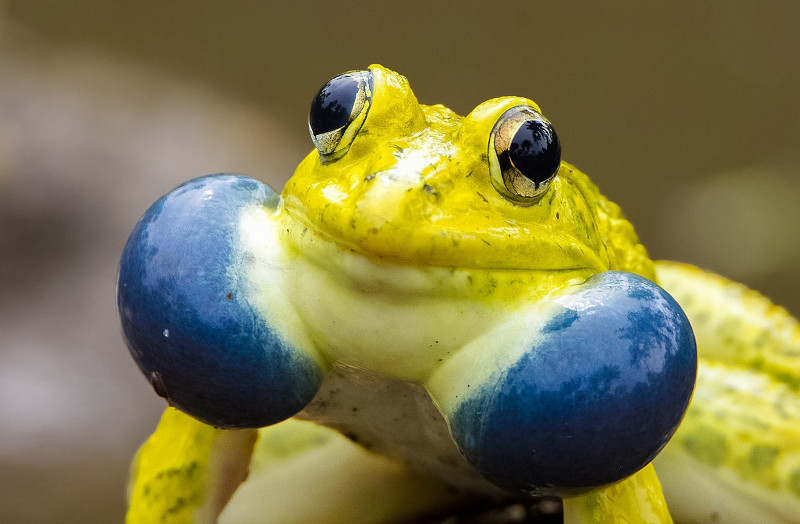
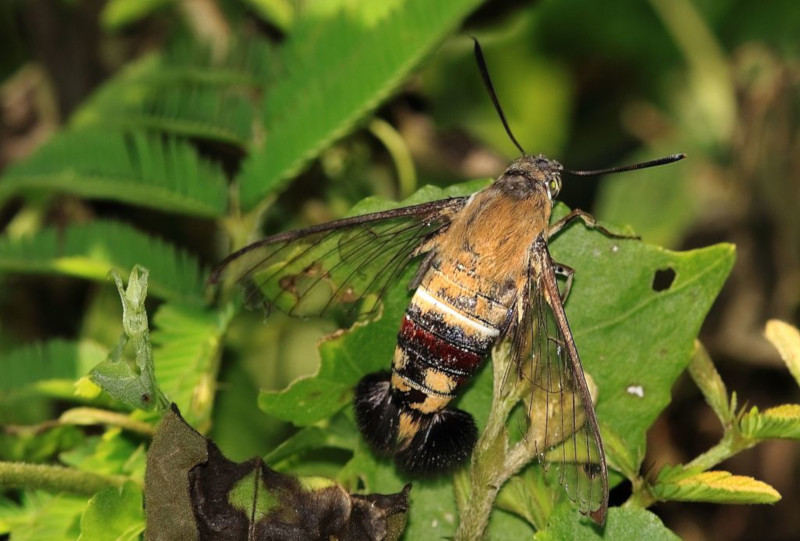
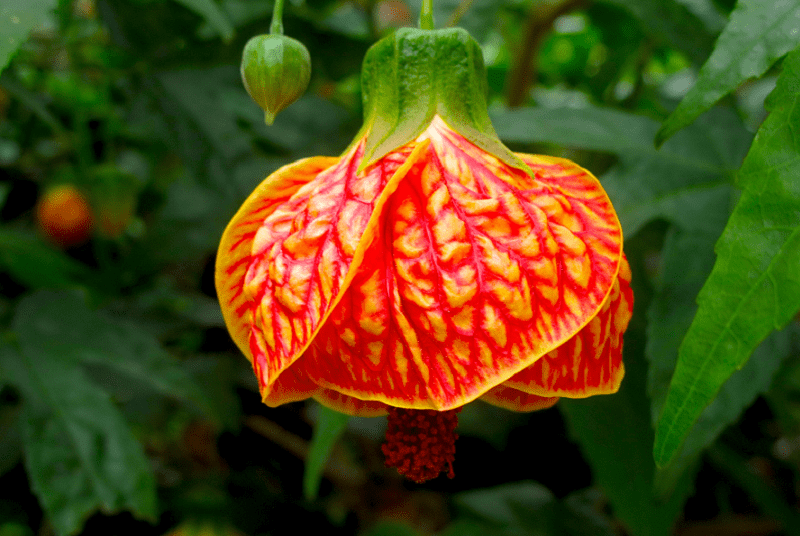
Check out our other articles on Saola, Greater Malay Chevrotain, 7 Truly Breathtaking Mammals, Yosemite Cave Pseudoscorpion, Pesquet’s Parrot, Loggerhead Sea Turtle, Indigo Milk Cap
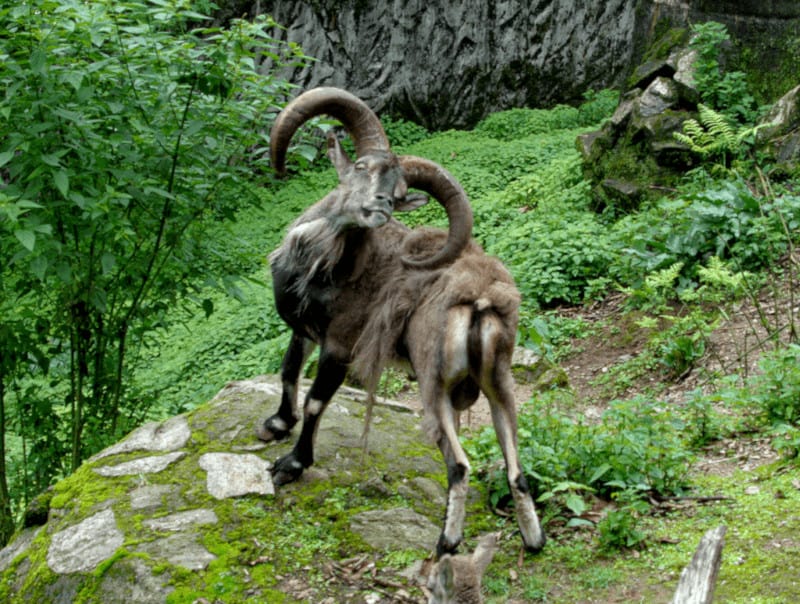
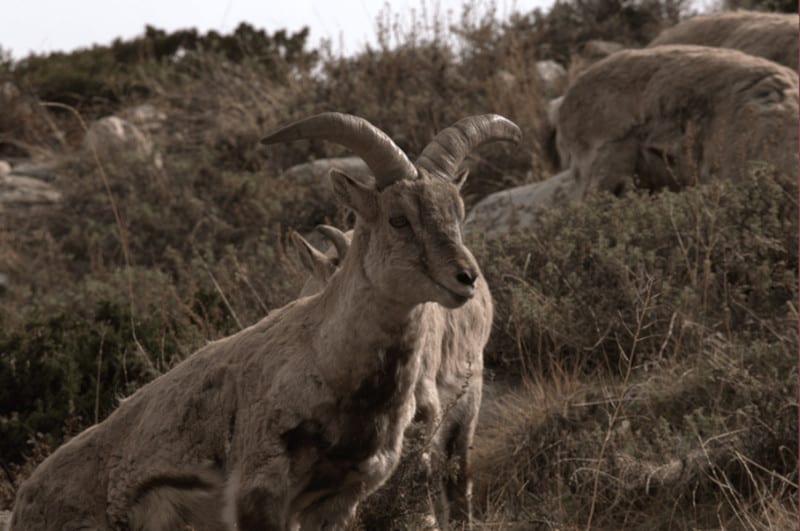










Leave a Reply